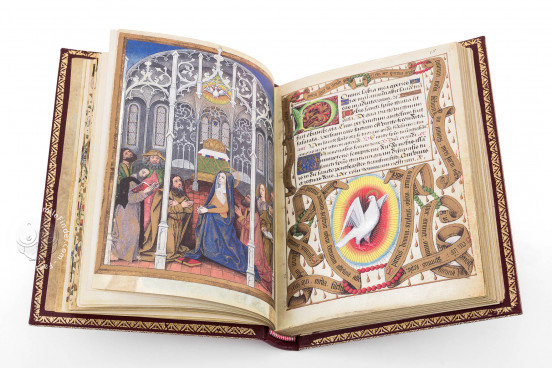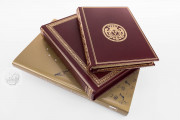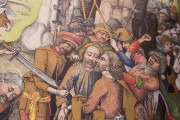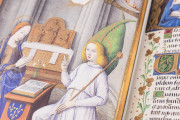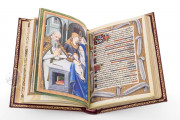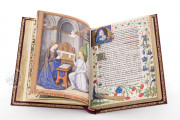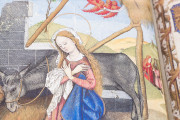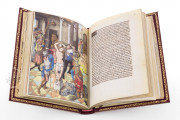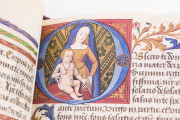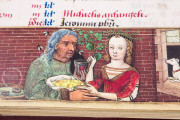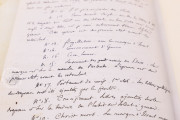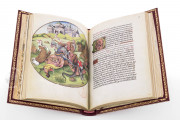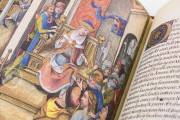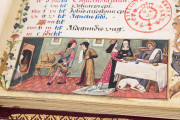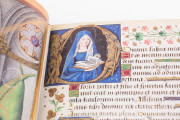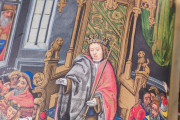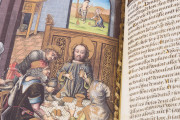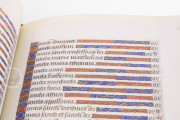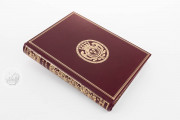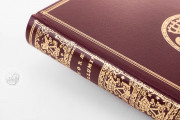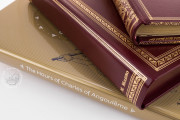The Hours of Charles of Angoulême is one of the most remarkable Gothic manuscripts from France. The codex, also known as Heures de Charles d'Angoulême, was written and illuminated in the last quarter of the 15th century and features 38 beautifully illuminated full-page miniatures and 17 exquisitely depicted historiated initials. With its combination of gold and subdued colors, the manuscript is an outstanding example of French production.
The Hours of Charles of Angoulême: Entertainment-oriented Manuscript
Written in Latin, the Hours of Charles of Angoulême was created around 1485, and contains the shorter version of the Divine Office, for personal use, although it seems to have been intended not only as an instrument of personal devotion but also as a tool to entertain King Charles.
A licentious spirit together with a lack of religious inhibition were always typical of the French court so it doesn’t surprise that the books’ other aims are to divert Charles’ attention, to amuse him, to satisfy his sense of aesthetique (ff.16v and 26v), feed his taste for pastoral life (fol. 20v), and please the reader with courtly and chivalrous novels (fol. 2v and 53v).
Robinet Testard, Jean Bourdichon, and Israhel van Meckenem at Work
The iconographic project of the manuscript has been recently attributed to Robinet Testard and Jean Bourdichon, two French illuminators, the former known for his association with Charles’s court and family. In addition to their miniatures, the manuscript contains 17 engravings created by another famous artist of the time, Israhel van Meckenem, glued onto the manuscript by Testard.
Testard’s act of gluing the engravings onto the manuscript and overpainting them, could be read mainly in two ways: appropriation of the art of others, or as intellectual honesty of a naturalist artist who did not feel he would be able to represent some scenes.
Whatever the reason behind the action, what is certain is that the manuscript’s iconography features outstanding examples of Gothic art with sharp compositions and an extremely defined coloring depicting a variety of scenes such as exotic landscapes and botanical elements.
Elegant Use of Gothica Bastarda
The script of the Hours of Charles of Angoulême exhibits a beautiful example of Gothica Bastarda, also known as lettre bâtarde, typical of France and the Low Countries. Despite being styled from the cursive script, it became a formal bookhand in its own right, and it features a contrast between thin and thick strokes.
We have 1 facsimile edition of the manuscript "Hours of Charles of Angoulême": Libro de horas de Carlos de Angulema facsimile edition, published by M. Moleiro Editor, 2015
Request Info / Price
